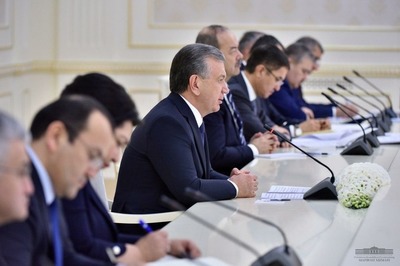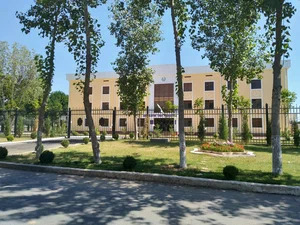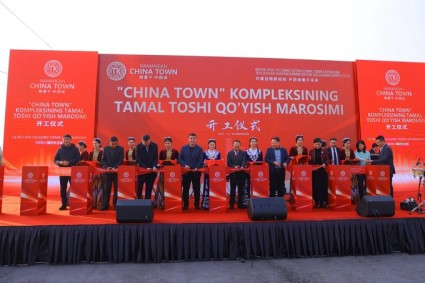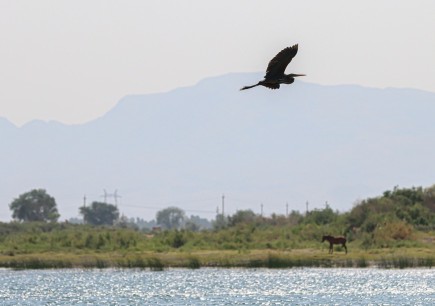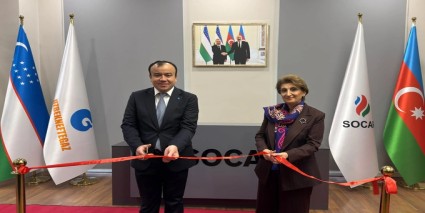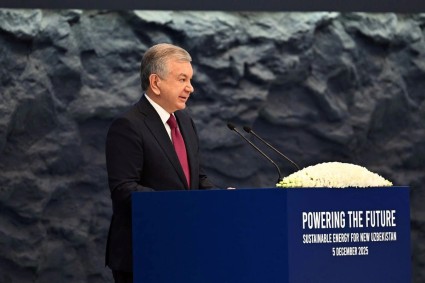The president Shavkat Mirziyoyev reviewed a presentation of proposals to improve the efficiency of cotton production based on best practices and technologies Monday.
According to the presidential press service, agriculture plays a significant role in Uzbekistan's economy: it accounts for 20% of GDP, produces 467 trillion soums worth of goods annually, and employs 3.5 million people. Fresh and processed agricultural products account for a third of the country's exports.
The presentation outlined measures to increase cotton yields. Plans include targeted outreach to low-yield farms, the introduction of advanced agricultural technologies and modern plant nutrition methods, and a comprehensive reform of the agronomist training system.
One of the proposals was to implement a mentoring system:
- experienced farmers with yields exceeding 60 centners will be assigned to farms with yields under 30 centners;
- mentors will undergo retraining at the Institute for Advanced Training of Agricultural Personnel and receive certificates;
- if a farmer under their mentee achieves a yield of 50 centners per hectare, the mentor will receive a 5 million soum bonus.
To reform training, a two-year dual education system will be introduced for graduates of the Agrarian University and other specialized universities.
Students completing internships in leading clusters and farms shall get scholarships.
Teachers and experts who teach students on-site shall be provided with incentive payments.
Shavkat Mirziyoyev also discussed the development of local cotton varieties. Two research institutions currently operate in the country—the Center for Genomics and Bioinformatics and the Cotton Institute—but their potential is underutilized.
To expedite the development of new varieties, the president ordered to erect a phytotron and a reproduction greenhouse at these institutes. This should reduce the development time for new local varieties by 2.5 times and eliminate the need for seed imports.
Agriculture Minister Ibrokhim Abdurakhmanov presented plans to scale up cotton cultivation technology under film.
He emphasized the importance of expanding the use of agricultural drones and training specialists in this field.

